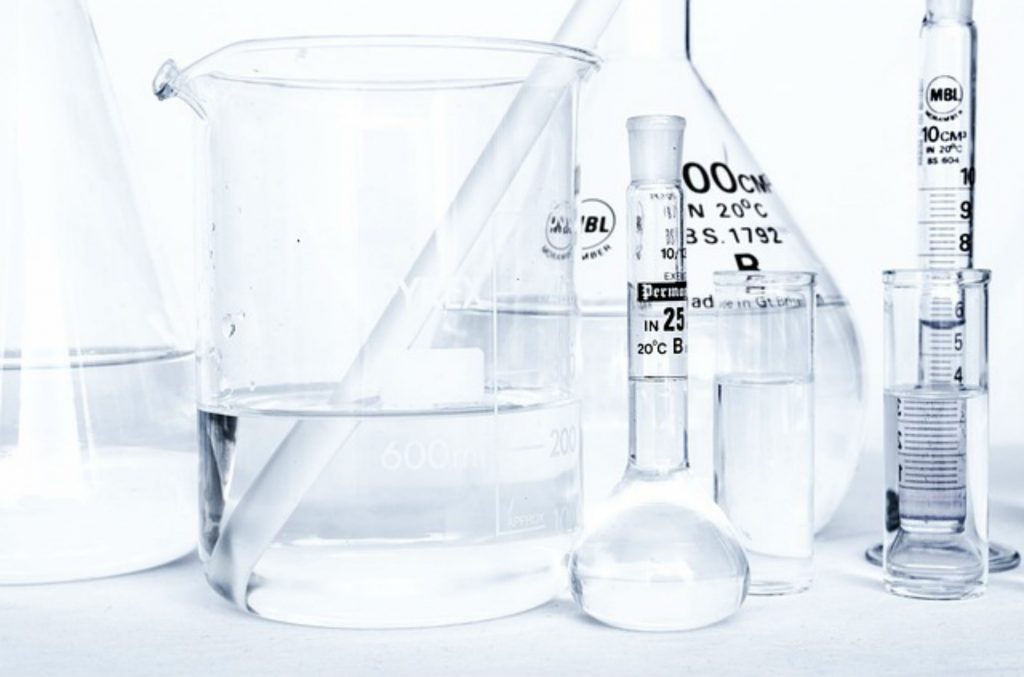Writing a lab report is an exercise in precision. You need to accurately report the results of your work and clearly explain each step in the process of conducting your experiment.
The results of your experiment don’t just stand on their own but are the culmination of a methodology that must be explained in painstaking detail.
Even a small mistake in a lab report can have a major impact on your ability to communicate your results to your audience, and it could make it impossible for future researchers to replicate your results.

With so much at stake, it’s important to be aware of eight common mistakes borrowed from a team of top-rated academic writers at SmartWritingService.com, a professional lab report writing service for UK students. You should avoid the following mistakes before you submit your next lab report:
- Trying to write the report to beat the deadline: We’ve all been there. A deadline is fast approaching, and you don’t have anything down on paper. It can be a major problem. But it’s best to avoid the rush to beat the deadline if possible. If you wait too long after you conducted your experiment to write up the results, you will likely be unable to remember all of the details of what you did, even if you took great notes. You are also more likely to make mistakes as you rush, especially if you didn’t give yourself time to reflect on the results and what they mean overall.
- Trying to write the report without a clear purpose: Your lab report needs to have a specific purpose in order to best achieve its goal. Typically, a report is designed to answer a research question and to test a hypothesis. Be sure to communicate clearly to your audience what you were trying to prove when you conducted your experiment. Without this, readers might shrug their shoulders and say, “So what?”
- Trying to write the report straight through from beginning to end: This might seem a little counterintuitive, but it’s best to write your analysis and results sections first so you can develop a clear idea of what your experiment achieved. This can then be used to guide you in crafting and introduction and conclusion to support your analysis, rather than trying to retrofit your findings to match an introduction that might no longer apply after running the experiment.
- Trying to include irrelevant information: Sure, there are lot of interesting facts out there, but another reason to save the introduction to the end is to avoid cramming it full of irrelevant material that doesn’t directly apply to what you’ve discovered in your lab work. Stay on topic in order to avoid confusing the reader or muddying your results.
- Trying to combine the results and the discussion: Analysis and interpretation are not the same thing. You’ll want to be sure that you keep these two sections clear and distinct. This can be a challenge because it isn’t always easy to know where one ends and the other beings. The rule of thumb is that describing results, trends, and patterns is not interpretation, but explaining what the results, trends, and patterns mean is. Try to keep all discussions of meaning confined to the discussion section and leave the results section to the plain, unadorned facts.
- Trying to use visuals to replace descriptions: A graph or chart can present a great deal of information in simple and concise form, but it doesn’t replace a thorough description of the results. Even if you use a graph or chart, you still need to talk about the data in words and discuss what you found, even if you refer back to the chart to illustrate trends and results.
- Trying to present the same data multiple times: A corollary to the need to discuss data in the text is to avoid presenting the same data twice. That means that while you should introduce the visual and discuss its main purpose and what the reader should get from it, you don’t need to relist all the data in the visual point for point. Think of the text as the executive summary highlighting only the most important points.
- Trying to dismiss anomalous or unexpected results as human error: Yes, they certainly can be, but these results might also be something very interesting or even a new discovery. Instead, assume for the sake of argument that your data are representative and try to explain your findings. Propose ways for future researchers to test whether the results are truly the result of human error.